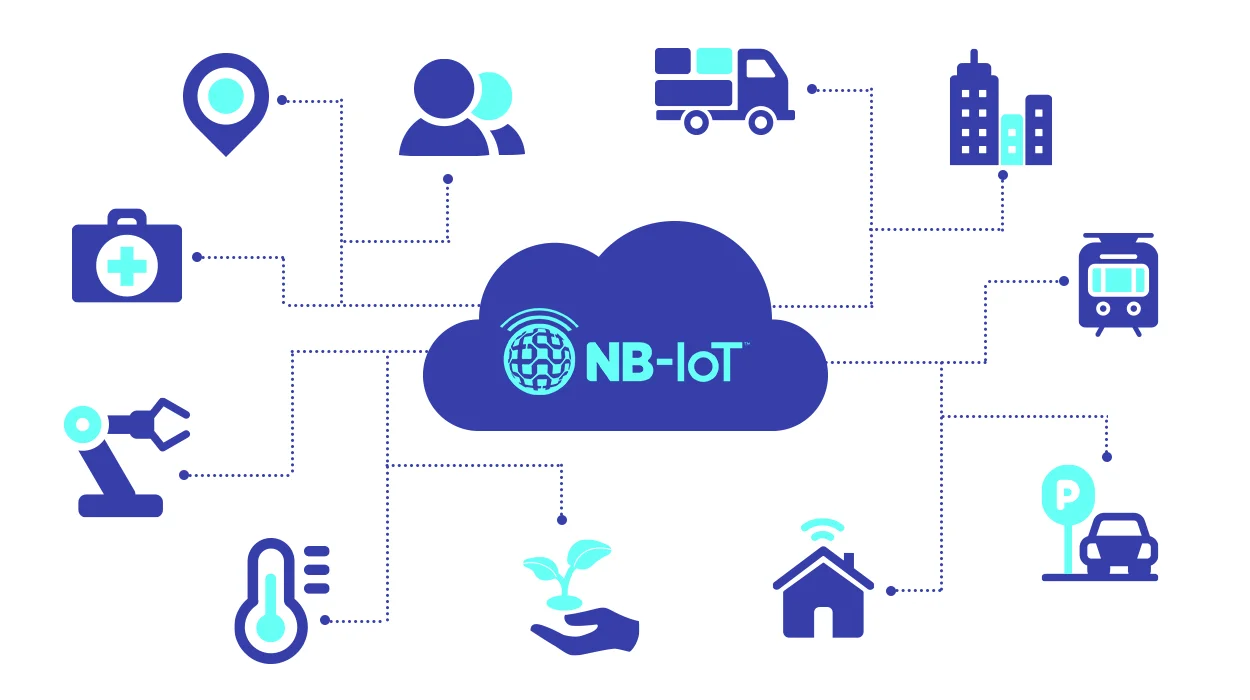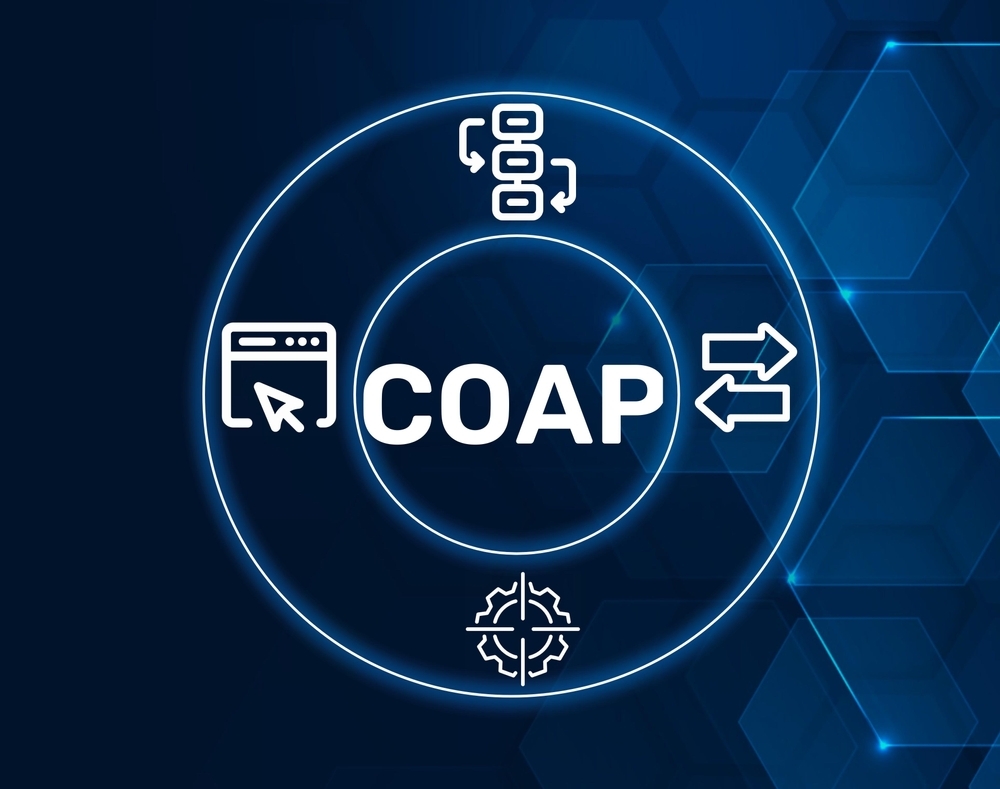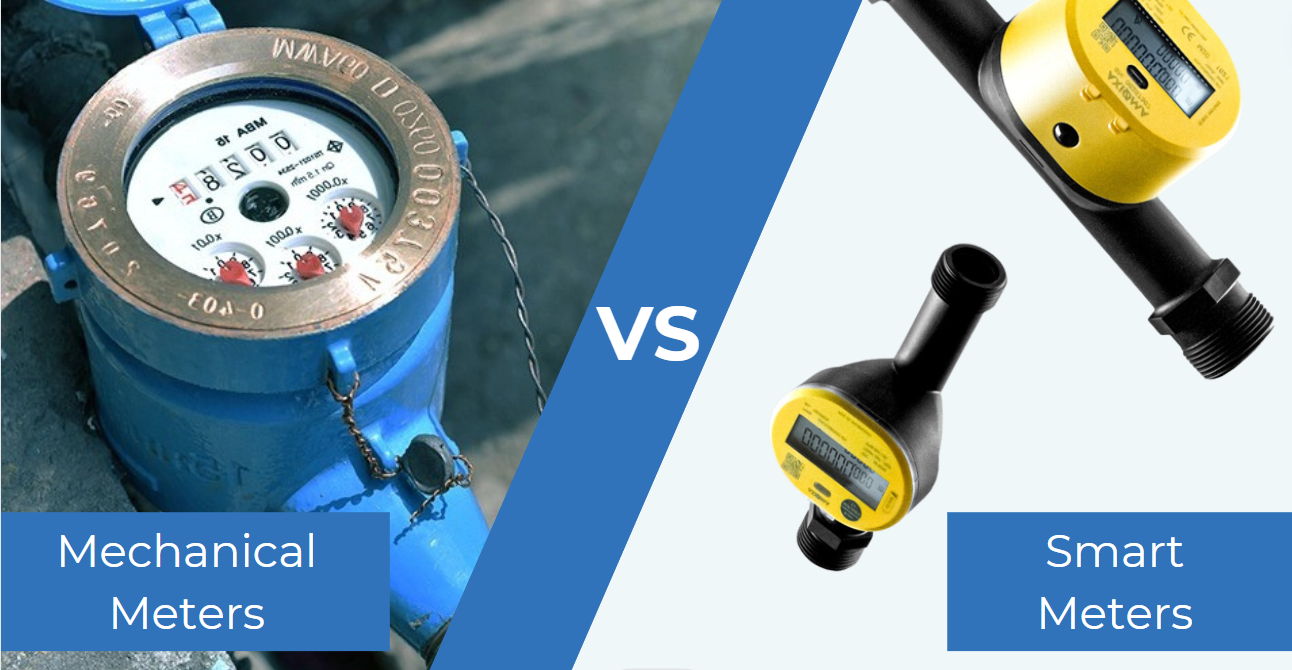Introduction
The Internet of Things (IoT) is no longer a futuristic vision; it is here, reshaping industries, cities, and daily lives. By 2030, experts predict that there will be more than 25 billion connected devices worldwide. For these devices to function effectively, connectivity is essential. However, not every IoT device requires high bandwidth or low latency — many need a simple, reliable, low-power solution that can operate in difficult-to-reach locations.
This is where NB-IoT (Narrowband IoT) comes into play. When paired with IoT SIM cards, NB-IoT offers a connectivity solution that is energy-efficient, highly scalable, and capable of penetrating deep into buildings or remote rural areas.
In this blog, we will explore the fundamentals of NB-IoT and IoT SIM cards, their advantages, real-world applications, and why this combination is considered one of the best IoT connectivity solutions for businesses and governments worldwide.
1. Understanding NB-IoT
1.1 What Is NB-IoT?
NB-IoT, or Narrowband IoT, is a Low Power Wide Area Network (LPWAN) technology developed by 3GPP as part of the cellular IoT standards. Unlike conventional 4G or 5G networks designed for high-speed data transmission, NB-IoT is specifically optimized for IoT devices that send small amounts of data at infrequent intervals.
Key features of NB-IoT include:
- Spectrum efficiency: Uses a narrow bandwidth of 180 kHz, enabling cost-effective deployment.
- Extended coverage: Up to 20 dB better than GSM, reaching underground and remote areas.
- Low power consumption: Supports energy-saving technologies such as PSM (Power Saving Mode) and eDRX (Extended Discontinuous Reception).
- High scalability: Supports tens of thousands of devices per cell.
1.2 How Does NB-IoT Work?
NB-IoT works by reusing existing cellular infrastructure. Mobile network operators can deploy NB-IoT in three modes:
- Standalone mode: Uses dedicated spectrum.
- Guard band mode: Utilizes unused resource blocks within LTE.
- In-band mode: Shares spectrum with LTE.
This flexibility makes NB-IoT deployment affordable and accessible for carriers worldwide.
2. What Are IoT SIM Cards?
2.1 Definition and Purpose
An IoT SIM card is a specialized SIM designed for machine-to-machine (M2M) communication and IoT devices. Unlike consumer SIMs in smartphones, IoT SIM cards are built to meet the specific demands of IoT connectivity: reliability, longevity, and scalability.
2.2 Features of IoT SIM Cards
- Durability: Operates in extreme temperatures and environments.
- Global roaming: Supports multi-network connectivity across regions.
- Remote provisioning: Easily managed through IoT connectivity platforms.
- Security: Supports private APNs, VPNs, and advanced encryption.
2.3 NB-IoT IoT SIM Cards
When IoT SIM cards are provisioned for NB-IoT networks, they enable devices to benefit from NB-IoT’s unique features, providing low-power, low-data, and wide-coverage connectivity for industries ranging from utilities to healthcare.
3. Advantages of NB-IoT IoT SIM Cards
3.1 Ultra-Low Power Consumption
NB-IoT supports PSM and eDRX, enabling devices to stay idle for long periods and wake only when necessary. This drastically reduces energy usage, allowing devices to run for 10+ years on a single battery.
3.2 Deep Indoor and Remote Coverage
NB-IoT achieves 164 dB maximum coupling loss, making it possible for devices in underground basements, rural farms, or industrial tunnels to remain connected.
3.3 High Device Density
A single NB-IoT cell can handle tens of thousands of devices, enabling massive deployments such as smart city infrastructure or nationwide utility metering.
3.4 Cost Efficiency
- Modules are cheaper than LTE or 5G alternatives.
- Network fees are optimized for low-data applications.
- Lower total cost of ownership makes it attractive for enterprises.
3.5 Enhanced Security
Since NB-IoT operates on licensed spectrum, it provides stronger reliability and better protection compared to unlicensed LPWANs such as LoRa or Sigfox.
4. Real-World Applications of NB-IoT IoT SIM Cards
4.1 Smart Metering
- Use case: Water, gas, and electricity meters transmit usage data via NB-IoT SIMs.
- Benefits: Eliminates manual readings, improves billing accuracy, detects leaks and theft.
4.2 Smart Cities
- Use case: Smart streetlights, parking sensors, and waste management systems.
- Benefits: Energy savings, efficient resource allocation, improved citizen experience.
4.3 Agriculture and Farming
- Use case: Soil sensors, irrigation controls, livestock trackers.
- Benefits: Precision farming, optimized water usage, improved crop yields.
4.4 Healthcare and Wearables
- Use case: Remote patient monitoring devices, glucose monitors, emergency alert wearables.
- Benefits: Continuous patient tracking, improved safety, better healthcare access in rural areas.
4.5 Logistics and Asset Tracking
- Use case: NB-IoT trackers monitor cargo, containers, or valuable assets.
- Benefits: Real-time visibility, reduced theft, optimized supply chain management.
5. NB-IoT vs Other IoT Connectivity Options
| Technology | Strengths | Limitations | Best Use Cases |
|---|---|---|---|
| NB-IoT | Low power, deep coverage, low cost | Low data rate, higher latency | Smart meters, sensors, rural IoT |
| LTE-M (Cat-M1) | Mobility, supports voice, moderate power efficiency | Slightly higher cost | Wearables, vehicle tracking |
| LoRaWAN | Works in unlicensed spectrum, private networks possible | Interference, less secure | Local IoT networks, private campuses |
| 5G mMTC | Ultra-low latency, massive scale | Expensive, limited deployment | Industrial automation, AR/VR IoT |
| Wi-Fi / Bluetooth | High speed, local connectivity | Short range, power-hungry | Smart home devices, consumer IoT |
NB-IoT is not intended to replace high-speed options but to fill the gap for low-power, massive IoT deployments.
6. Deployment Considerations
6.1 Network Availability
Not all carriers globally support NB-IoT. Businesses must confirm network coverage before deployment.
6.2 Latency Constraints
NB-IoT is not suitable for real-time applications (e.g., video, autonomous vehicles).
6.3 Module and Frequency Band Compatibility
Enterprises must ensure device modules support NB-IoT frequency bands used in their target deployment regions.
6.4 Long-Term Scalability
NB-IoT is expected to integrate into the 5G ecosystem, ensuring long-term support for IoT applications.
7. The Future of NB-IoT
According to GSMA, NB-IoT and LTE-M will dominate over 5 billion IoT connections by 2030. The technology is evolving toward:
- Integration with 5G mMTC for seamless coexistence.
- Wider adoption in new industries like oil & gas, mining, and smart manufacturing.
- AI + NB-IoT for predictive analytics at the edge.
Conclusion
NB-IoT IoT SIM cards offer one of the most powerful solutions for connecting billions of IoT devices that require low power, deep coverage, and cost-efficient connectivity. From smart cities to healthcare and agriculture, NB-IoT is unlocking new possibilities for industries worldwide.
For enterprises, NB-IoT SIM cards are more than just a connectivity option — they are a strategic enabler for scalable IoT success in the years to come.
Zhongyi IoT provides NB-IoT IoT SIM cards, delivering low-power, wide-coverage, and highly reliable connectivity solutions for enterprises and developers. Our NB-IoT SIM cards support a wide range of applications, including smart metering, smart cities, agriculture, healthcare, and logistics tracking. With seamless global operator partnerships, our IoT SIM cards ensure stability, security, and scalability, empowering your IoT devices with long-term, future-ready connectivity.
FAQ
Q1: What is an NB-IoT SIM card?
A: It is an IoT SIM card optimized for NB-IoT networks, designed to provide low-power, wide-coverage connectivity for IoT devices.
Q2: How long does an NB-IoT IoT device battery last?
A: With power-saving features, devices can last 10 years or more on a single battery.
Q3: What industries benefit most from NB-IoT SIM cards?
A: Utilities, agriculture, healthcare, logistics, and smart cities are the top sectors adopting NB-IoT.
Q4: Is NB-IoT better than LTE-M?
A: NB-IoT is better for stationary, low-data devices; LTE-M is better for mobile, voice-enabled devices.
Q5: Can NB-IoT work in rural or underground areas?
A: Yes, NB-IoT provides extended coverage even in basements, rural farms, and tunnels.



